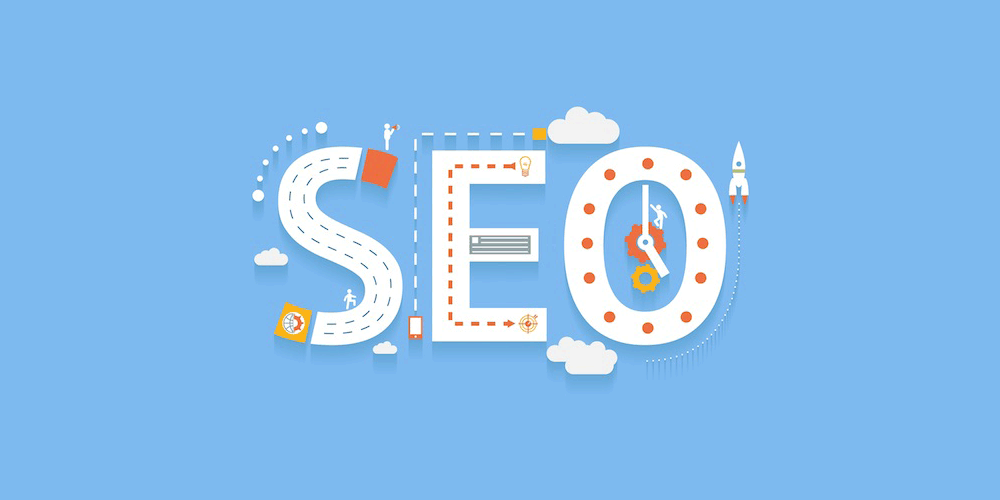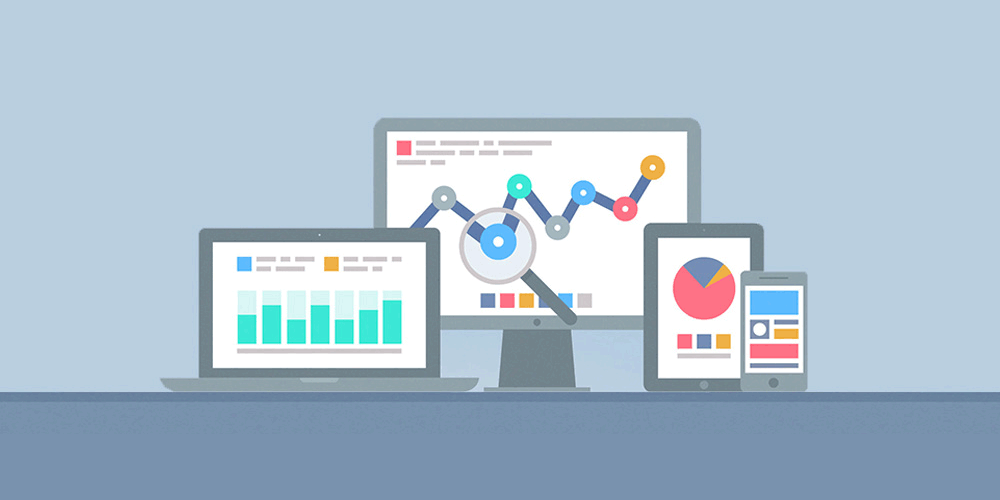The internet is noisy. To ensure that your website is performing at its peak potential, you need to make sure that it is visible for your targeted audience.
One of the ways, is by using on-page optimization as your SEO strategy. This is a practice of optimizing individual web pages in order to rank higher and get more relevant traffic in search engines.
On-page means crafting your web pages to answer searchers' questions. This practice of crafting web pages is multifaceted, and extends beyond content into other things. It refers to both the content and HTML source code of a page that can be optimized, as opposed to off-page SEO which means optimizing for links and other external signals.
Remember that your overall rank takes into account all aspects of your web pages. So on-page SEO here is to make sure that when all of your pages are added together, they can all improve your search engine ranking in search engines' results pages.

On-page SEO changes as search engines want to deliver their best user experience to users. But there are practices that retain the original.
These practices include criteria that benefit end user, and this what you should aim for. If you put on-page SEO efforts to prioritize users, you should see a boost in traffic and rise in search engine presence.
After surveying the best keywords for your content, you may want to extend those group of keywords into similar topics and intents. Those groups can be your pages, making it easier for your to evaluate the SERP for each keywords.
The formula you need to follow, in order:
- Search the keyword(s) you want your page to rank for.
- Identify which pages are ranking highly for those keywords.
- Determine what qualities those pages have.
- Create contents that are better than that.
What this means, you need to create contents that are much better than those pages already shown in search results for the keyword(s) of your choice. In short, you should do better than competitors. If you can do this properly, search engines will definitely reward you for your efforts.
After all, search engines love informational contents. And this is why you should deliver them.
Kowing the above, it is time to dive into the details:

Header Tags
The HTML element is used to designate headings to your page. The main Header Tag, is called H1, and is typically reserved for the title of the page.
There are also sub-headings that include H2> all the way to H6, in descending order of importance.. But you shouldn't bother to use all of them on a page because for on-page SEO, it's not required.
As for the H1, it should have your primary keyword for the page or phase in it.
Internal Links
Search engines use links to crawl and jump from one page to another. What this means, links are essential to your SEO strategy.
To ensure that search engines can find all of your site's pages, you can leverag internal links.
When you link to other pages on your website, you are ensuring that search engine crawlers can find all your site’s pages, pass link equity to other pages on your site, and help visitors navigate your site.
What you need to make sure that the links are accessible and clickable. They should also contain anchor text which sends signals to search engines regarding the content of the destination page. Remember to never overdo internal links, as too many internal links using the same keyword would mean stuffing keyword on a page. This is something considered by search engines as a manipulative technique to trick ranking.
Instead, you should make your internal links and their anchors come naturally as the content flows.
Redirects
When you have a website and actively create new contents and new pages, the practice of removing and renaming pages is a common practice. But you need to do this carefully, by making sure that you update the links on other pages that link to it.
The best way to do this, is using redirection so the old links are redirected to the new URL in its new location. It's even better if you can update all of your internal links to that URL at the source, so search engines' crawlers won't pass through redirects to get to the new URL.
Remember to avoid redirect chains that are too long. According to Google, the ideal number if 3 or fewer than 5.
Image Optimization

Your website is made up of HTML codes, CSS, scripts and others. Most of the time, the reason why web pages load so slowly is because of them using images that aren't optimized.
To make your web pages load fast, you should always optimize your pages' images by compressing them. There is no one-size-fits-all when it comes to image compression, testing various options like "save for web," image sizing, and compression tools, as well as evaluating what works is the best way to go.
Another way to help optimize your images, is to choose the right image format.
- GIF is for animation.
- JPEG is when you need images like photos which are rich in colors, but only when high-resolution is not required.
- PNG if you want to preserve image resolution.
- PNG-8 if your image doesn't use a lot of colors.
- PNG-24 is when your image do have a lot of colors.
And whenever possible, use thumbnails for huge images, and use CSS for buttons, boxes and other web design visuals instead of images to keep the size of the page smaller.
Alt Text
Search engines are improving, but they are not perfect. While they can "see" and "understand" the context of an image, they're not always good at doing this.
To help search engines know what your images is all about, you can use Alt Text (alternative text). This is also a principle of web accessibility, and is used to describe images to the visually impaired via screen readers. It’s important to have Alt Text descriptions so that search engines and visually impaired person can understand what the pictures on your website depict.
Just ensure that your Alt descriptions reads naturally for people, and avoid stuffing keywords for search engines.
Have A Sitemap
Search engines crawl from one link to another, digging deeper as they go to see what they can find. But the thing about crawlers (and also your website's structure), is that they may not perfect at doing their job.
This is where a sitemap can come in handy.
To ensure that search engines can crawl and index all of your pages, you can submit a sitemap to them. This should help them discover the things they may have otherwise missed.
Text Formatting
If your pages contain a lot of text, reading can be a bad experience without proper formatting.
Although your pages contain the best contents written on a subject, if they aren't formatted properly, your audience may not read it. While there is never a guarantee that visitors will read your content, but there are some principles that can promote readability, including:
- Text size and color: Make text easy to read, and not too small nor too big. The text color should be a contrast to the page’s background to promote readability.
- Headings: This is to break up your content with headings to help readers navigate the page.
- Paragraph breaks: Shorter paragraphs are easier to read and digest, and are more appealing than longer ones.
- Supporting media: When appropriate, include images, videos and widgets to complement your content.
- Bold and italics for emphasis: Putting words in bold or italics can add emphasis, allowing you to call out important points you want to communicate.
Title Tags And Meta Description

Your page's Title Tag is a descriptive, HTML element that specifies the title of the particular web page.
Each page on your website should have a unique, descriptive title tag, nested within the head tag of each page. What you input into your Title Tag will show up in search results, although in some cases search engines may adjust how it appears in their respective search results.
Your Title Tag can be people’s first impression of your website, and this is why it should be on your on-page optimization to-do list. The more compelling your Title Tag is, combined with high rankings in search results, the more visitors your website can earn.
This underscores that SEO is not only about search engines, but rather the entire user experience.
To create a compelling Title Tag, you need to put your target keywords in it. This should help both users and search engines understand what your page is about. Make sure that it isn't too long as lengthy Title Tag can be cropped, sacrificing its quality.
Then there is the Meta Description for your pages. Just like Title Tags, they are HTML elements that describe the contents of the page. They are also nested in the head tag.
The qualities that make an effective title tag also apply to effective Meta Descriptions.
URL Structure

Just like Title Tags and Meta Descriptions, search engines display URLs on their search results' pages. What this means, your URL naming and format are essentially important, as they can impact click-through rates. Not only do searchers use them to make decisions about which pages to click on, but URLs are also used by search engines to evaluate and rank pages.
And if your website has multitude of topics, you should make sure that the pages are structured properly. For example, you may need to avoid nesting pages under irrelevant folders.
Then there is the length of your URL. The shorter and the more descriptive it is, the better. But make sure that you include your target keyword in your URL, and use static URL to make it readable by humans.
Conclusion
There is off-page SEO and on-page SEO, with the latter you have the most control.
The above strategies should fit well on all websites that want to rank higher on search engines' results pages, by improving user experience.
Search engines, notably Google, are changing their algorithms, and may impact your website in a good way or a bad way. The strategy here, is to always avoid spamming, stuffing keywords, cloaking, auto-generated contents, duplicate contents and thin contents.
Everything, boils down to these:
- Relevance.
- Quality content.
- Proper use of headings.
- Well written Meta Tags and Descripton.
- Links.
- Marked up Structured Data.
And to make sure that you can target everyone, your pages should also be mobile-friendly and responsive to whatever screen size it is shown on.